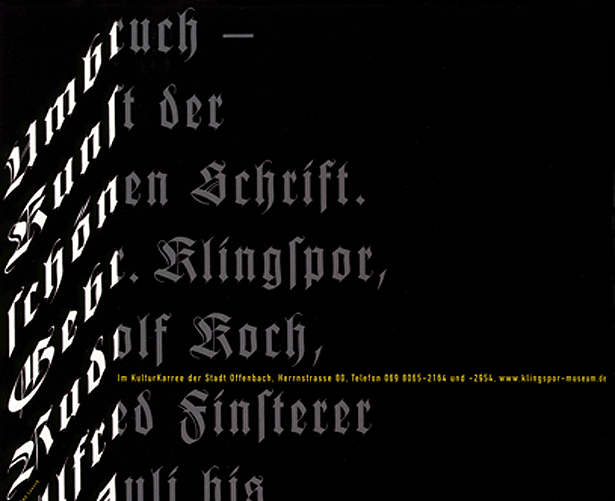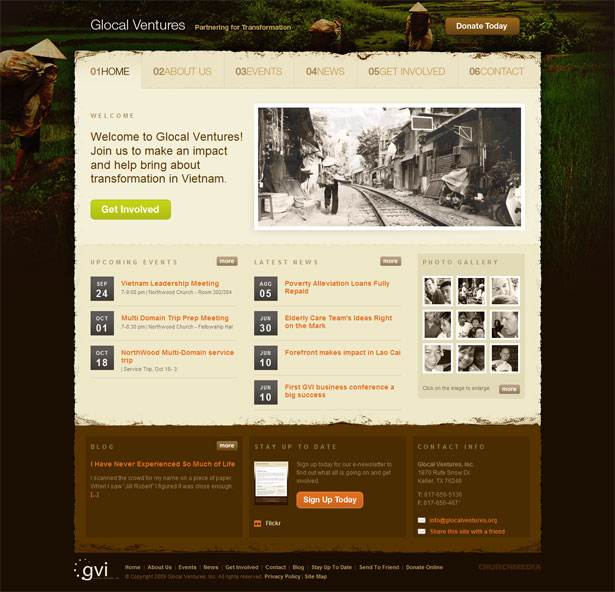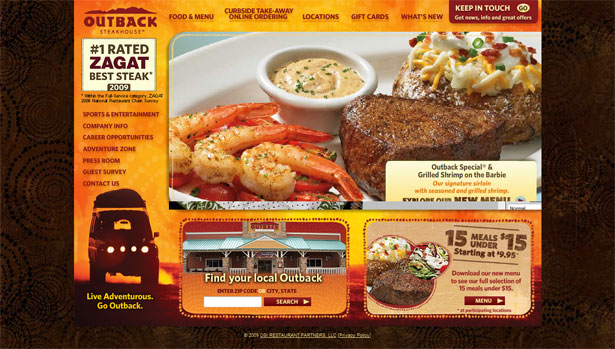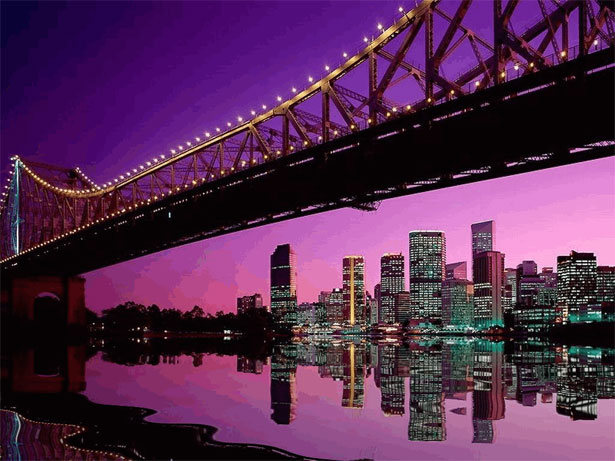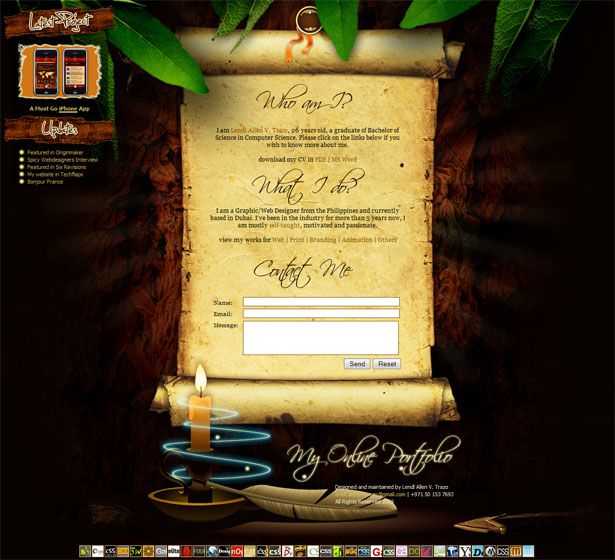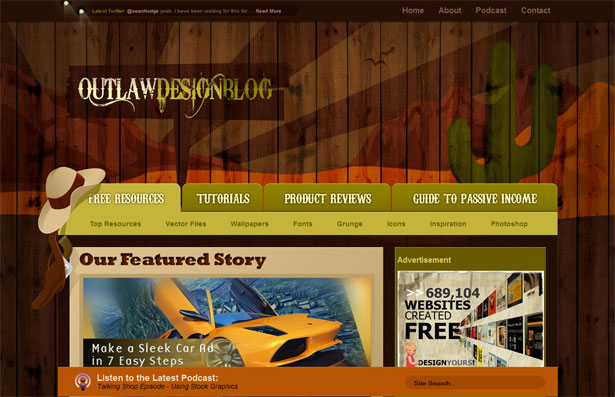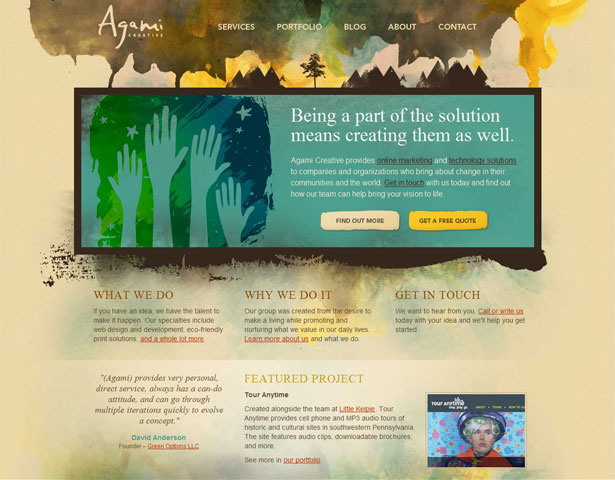 Many of today's design styles derive from Swiss-style graphic design, now more commonly known today as "modern design."
Many of today's design styles derive from Swiss-style graphic design, now more commonly known today as "modern design."
The style is recognized for its unique and rather groundbreaking attention to typography. Needless to say, Switzerland's design culture has taken the world by storm.
Of course, the style has grown beyond the graphic design industry and made its way into web design.
When we web designers search for inspiration, though, we tend to stick to this one culture.
Though a great source of inspiration, let's look at some graphic design styles from other parts of the world. Perhaps we could incorporate at least subtle elements from those other cultures into our current style.
Drawing Inspiration and Lessons from Other Cultures
Finding fresh inspiration can be difficult, but with a bit of persistence and know-how, you should find it. The great thing is that any culture or environment that is foreign to you will probably elicit some strong emotion or fascination in you. In observing a different environment, things stick out at us, and we find beauty in certain things in a way that a person who lives there might not.
Because as people carry on day to day, they start to ignore our surroundings. Exploring a different environment helps us notice the little things again. Inspiration should come quite naturally in this situation.
Inspiration is one thing, though; knowing how to give it expression in a design is another. But just like any form of art, an environment and its elements have their own shapes, textures, colors, sizes, etc. Look at natural elements, the details and the bigger picture.
Covering every culture's style would be impossible, so let's look broadly at the continents and maybe zero in on certain sub-cultures of interest.
Europe
Because we have just referred to the Swiss style, let's begin with Switzerland's continent, Europe. Europe has always had innovative design, some countries more than others. And advances in technology have brought huge advances in design.
Much of what we see in European graphic design after 1950 is, again, Swiss-style: emphasis on typography, clean lines, legibility and new color palettes. Overall, we find much more simplicity, too.
Below is a vintage Swiss album cover (but still post-1950).
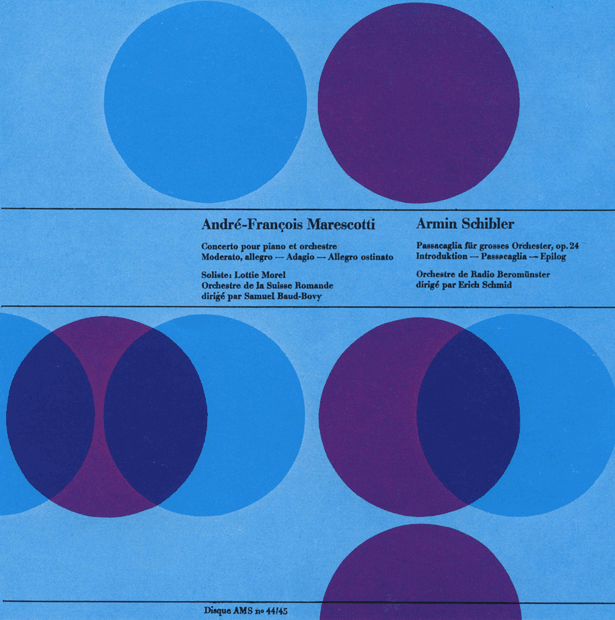
Many designers follow this style closely to achieve a vintage look, while others take lessons from its structural balance. An article over on Smashing Magazine, "Lessons from Swiss Style Graphic Design," discusses just how this modern style reflects in web design, with many great examples of both.
Robust Germany
We did say we would look beyond Switzerland, didn't we? So, let's move over to Germany, whose graphic design style many of the design principles of its neighbor.
Again, we find the heavy focus on typography. By contrast, though, whereas Switzerland tends toward clean sans-serif fonts, Germany showcases its own traditional fonts:
The above is the top half of a German poster advertising the Klingspor Museum in Offenbach. German print and fonts have been around for centuries, and now in digital media they are being used to highlight the country's history and celebrate its typographic style.
Romantic Italy
Italy has similar design principles to those of Germany but a much more artsy, informal feel.
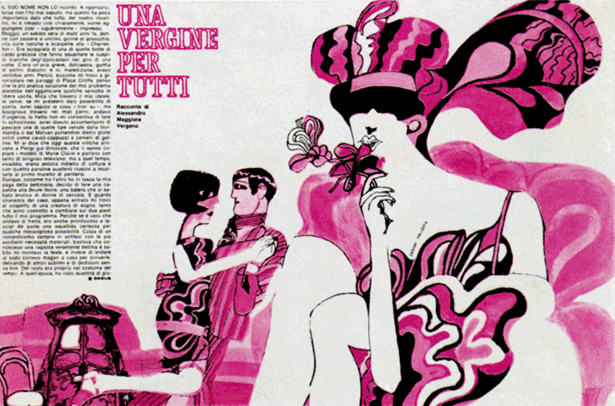
The above poster is from Milano (1969), promoting an advertising agency. One notices much more "freedom" in Italian graphic design. Both abstraction and softer shapes seem to have a stronger presence.
The Rest of Europe
Overall, European graphic design is becoming more uniform. And yet each country has its own history of art, culture and, thus, design style.
We focused on Germany and Italy to show how geographically close countries can have such distinct styles.
If you're looking for new inspiration, Europe has much to offer. Look at Europe's historical art, or focus on a particular period of a particular country.
Asia
As on all the other continents, every country, cultural group and religion has its own art forms and history. The graphic design style often reflects this history, and someone who is not a part of one of these cultures could benefit a lot from incorporating some of the design principles into their own work.
Below is a website inspired by an Asian culture, China to be specific. Notice how the simple large background creates most of the effect. The natural textures in the rest of the design complements this theme.
The above design is effective because it reinforces the purpose of the website. Let's turn to a couple of more cultures for inspiration. The lessons we learn can be applied to similar cultures as well.
Japan
More than others, Asia's main cultures seem to incorporate a more historical sensibility into their modern graphic design. Japan in particular is renowned for mixing historical culture and modernism quite well, whether for graphic design, Web design, architecture or other structural designs.
A great example of this is how cities in Japan seamlessly integrate innovative and traditional architecture and use traditional architecture to inspire shapes, textures and structures into modern design.
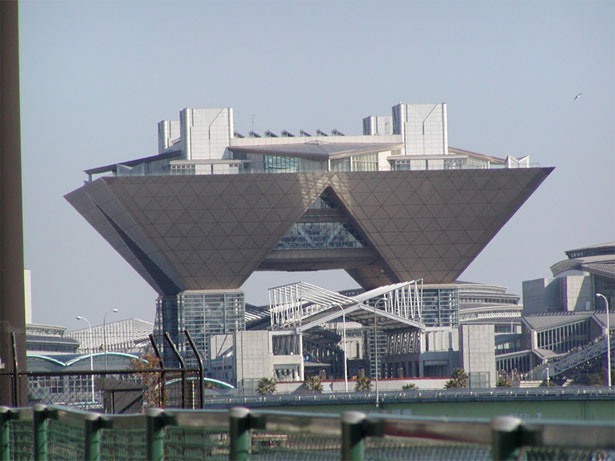
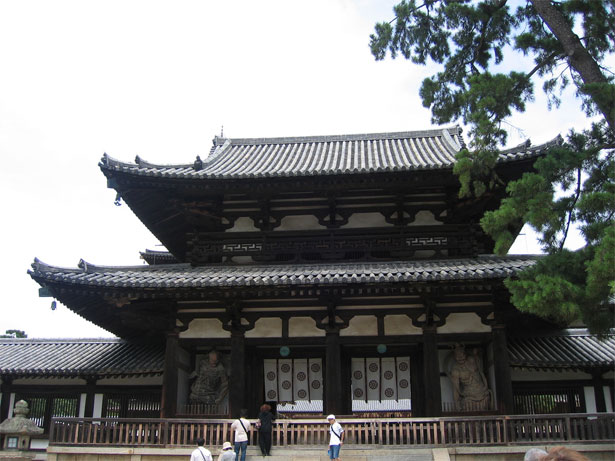
The two images above show how Japan can be both innovative and traditional, and they're also a lesson in art. We can draw inspiration from the design elements in both, and we can learn to mix different eras and styles of art for effect.
This is also evident on the Japanese art scene. Japanese art seems to swing between two extremes: traditional and modern. Sometimes, though, those extremes are harmonized. Below are a few pieces that show just this.
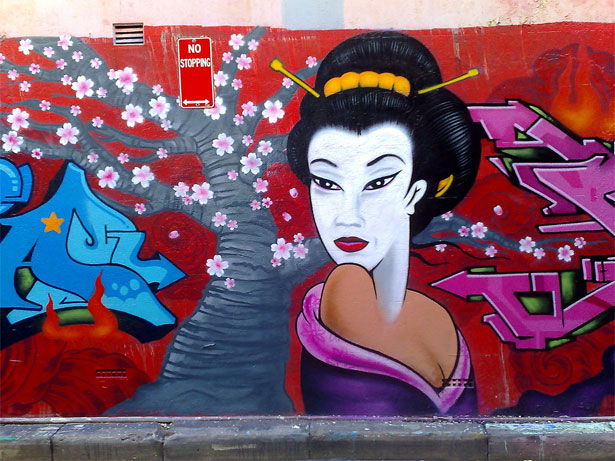
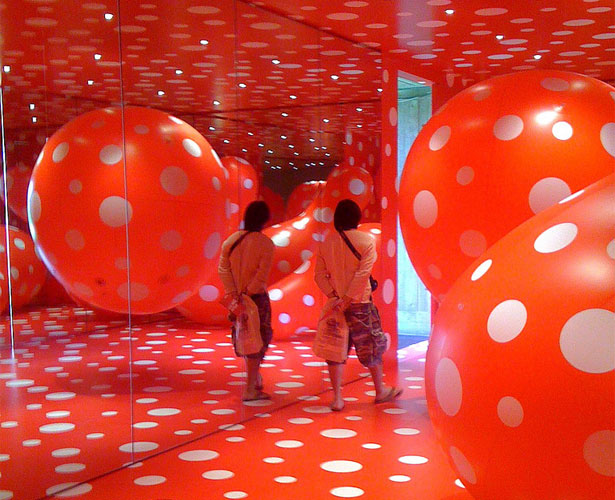
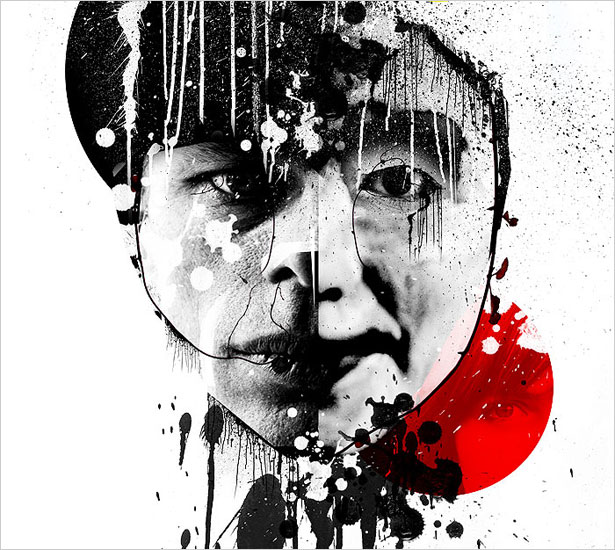
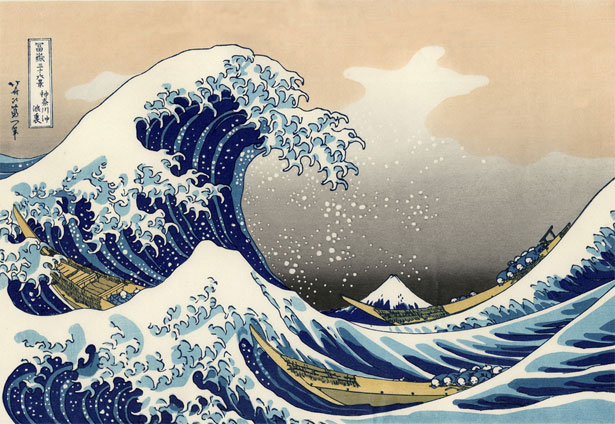
And in the graphic design, we see a familiar pattern:
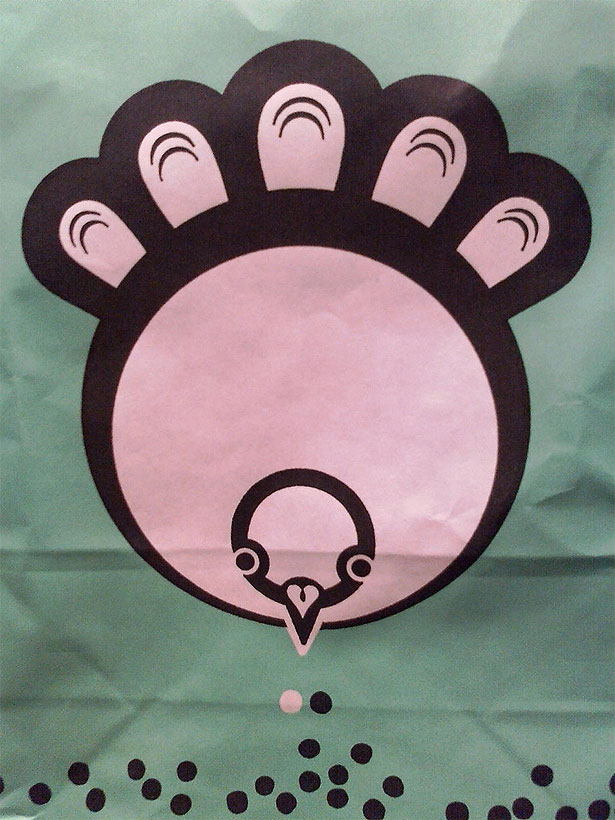
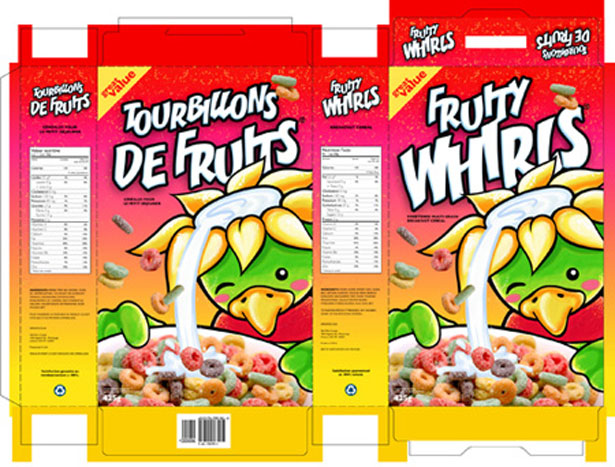
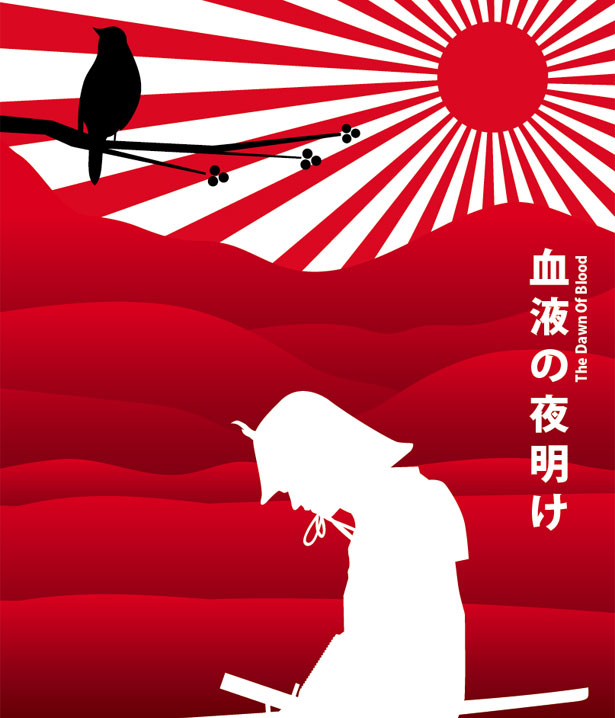
India
India's push into modernism has been relatively recent. But again, its graphic and Web design often reflects the country's traditional art forms and can be a beautiful source of inspiration.
India is particularly known for its intricate patterns. Below are just a few examples:
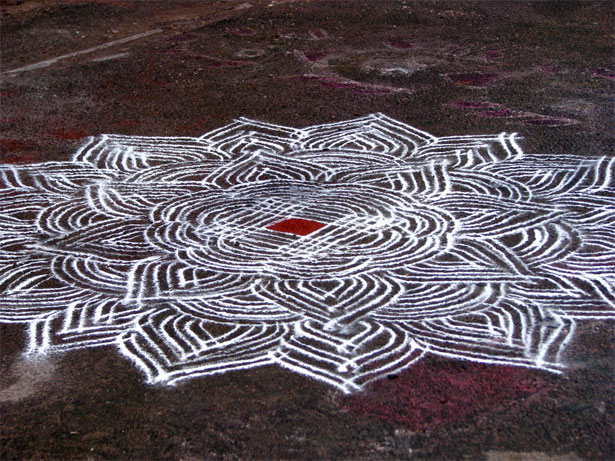
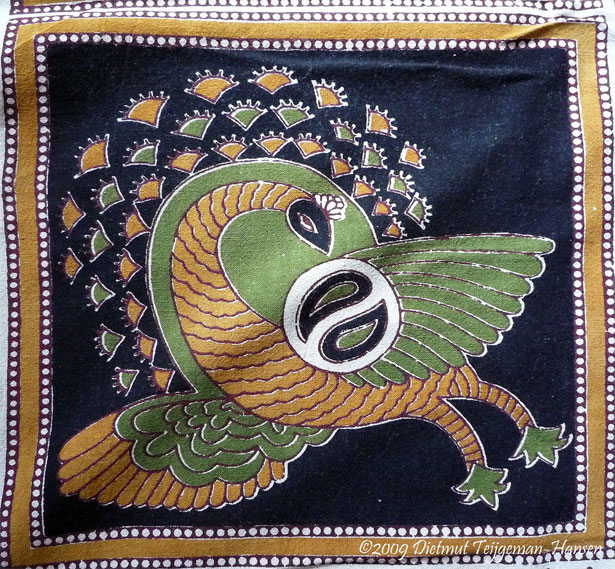
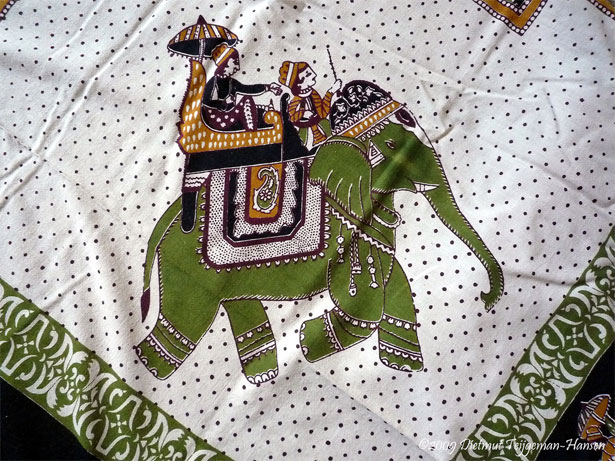
Australia
Much of Australia is a vast outback: a landscape that is unique to the continent. It also offers great beauty in its coral reefs and underwater life. A strong theme of nature appears in Australia's art and design.
The Outback Steakhouse restaurant (in the US) promotes "authentic" Australian food, and its website reinforces this image: simple use of a culturally appropriate texture in the background, and natural colors.
The above website subtly integrates a natural theme, but one can get just as much inspiration from the culture, both modern and traditional. Despite being such a small continent, Australia offers a lot of great design.
Africa
Such a large continent; such a wide array of art. Perhaps, some of us think of African art as being the opposite of modernism, more of a step back into traditional art and a celebration of nature.
Traditional Africa
African art has an incredibly long, and rather distinguished, history. Taking inspiration from it for graphic and web design is fairly easy.
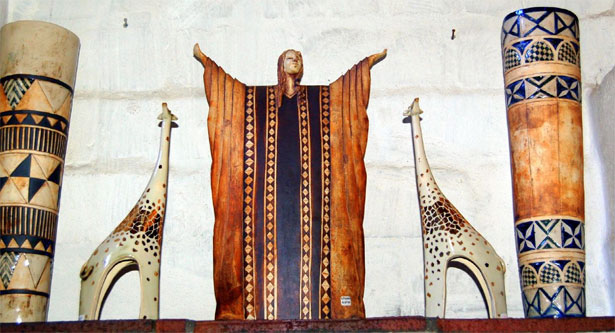
Because African art uses natural elements so heavily, texture would have to play a strong part in any design based on it. Again, as always, look at shapes and patterns, too.
Below is a great example of a web design. It mixes both cultural and natural elements perfectly to create a clean, beautiful and effective design.
Although this organization is based in Africa itself, there is no reason groups in other parts of the world could not use similar elements in their websites. The design style could be appropriate for many types of websites and designs.
Wildlife
The African landscape has unique wildlife that can be found nowhere else on earth, except in captivity. Traditional African art features the people's unique perspective of the wildlife.
Both the wildlife itself and the cultural art based on it are worthy of attention.

Egypt
We've included Egypt here specifically for its ancient art. From pyramids and other majestic sculptures to the rock art, ancient Egypt has much to offer the modern web designer.
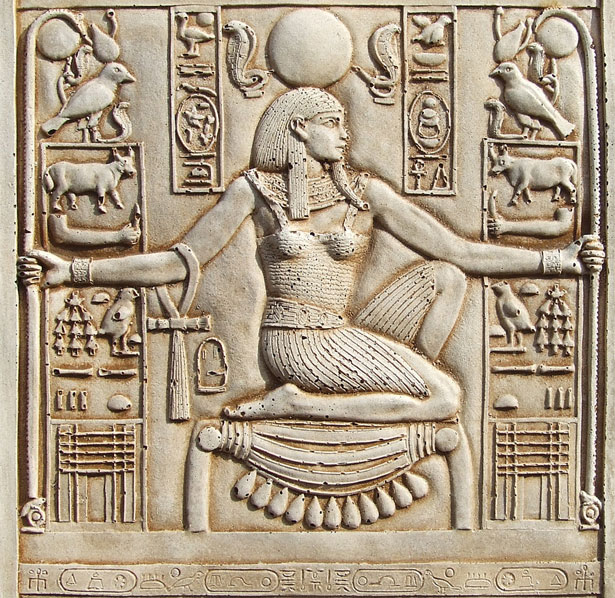
Again, design can be found in a culture's art and monuments, as well as from the textures, shapes and colors of the natural environment.
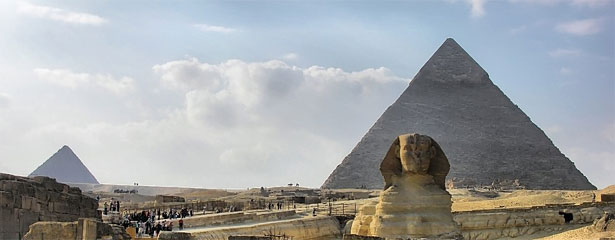
South America
Like Africa, South America has a large native population, and the design style reflects this. But South America has its own distinct perspective on nature and offers as much as inspiration as the art in Africa.
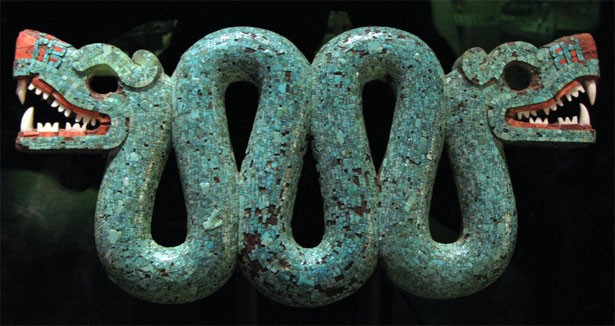
The above sculpture is a traditional one from the area. One could perhaps draw some parallels between this style and Africa's, but differences are obvious: rich colors and materials and unique shapes.
It reflects the South American environment itself: dense jungles, wet swamps and tropical wildlife. Much of Africa is dry desert, which is why the art has its brown hues and rocky textures.
Notice the difference in shape, too, probably more a cultural than environmental factor. In general, native African art is "harder" and more rigid, while native art from South America has more curves.
South America is, of course, famous for its tropical jungles, and this will also figure in design styles influenced by the region. Other features might include rivers and swamps: South America is also home to the great Amazon river.
Taking this beautiful environment as his inspiration, the designer below chose a jungle theme for his web design.
North America
Much of North American design is rooted in modernism, but still quite a bit of non-modernist tradition and culture exerts influence on graphic designers in this area.
As in Europe and most modernized Asian countries such as Japan, the Swiss style is popular here. But dig deeper and you'll find design styles specific to this continent's culture.
The south-western United States, for example, is known for its wild cowboy days. Most of us have heard of Outlaw Design Blog, and its design mixes texture, objects and landscape to perfectly capture this culture and its appeal.
Also worthy of attention is the art of the Native Americans, who once dominated the land. The website below does not exactly reflect Native American art, but it borrows the colors and textures to good effect. It also presents a typical North American landscape, setting the tone.
Being from the Midwest myself, I just had to include a farm and country design to the mix. The smart web design below features a Midwestern landscape that can be found throughout parts of the US and Canada.
Keep in mind, this continent stretches from the equator all the way up to the frozen arctic. The particular cultures reflect these various regions, and any of your design elements should, too.
The continent has more design styles than could be covered here, such as the northern Canadian arctic, Mexico, and Central America.
Wrapping Up
This post is almost anthropological, but that can be good for us designers looking for fresh inspiration and lessons. Webdesigner Depot is known for exploring alternative sources of art for our benefit. Exploring different cultures is a great way to do this.
There still remains, though, the general feeling that the Swiss style is the most modern, with everything else being less "formal." You could stick broadly to the Swiss style, maintaining a simple and modern look, but incorporate subtle textures, colors or decorative elements from other cultures.
However far you decide to go, incorporating elements from different cultures in your design will likely be a change for the better. And when you have the whole world at your fingertips, the possibilities are endless.
Written exclusively for WDD by Kayla Knight.
Do you draw inspiration from other cultures? How has this impacted your design?

